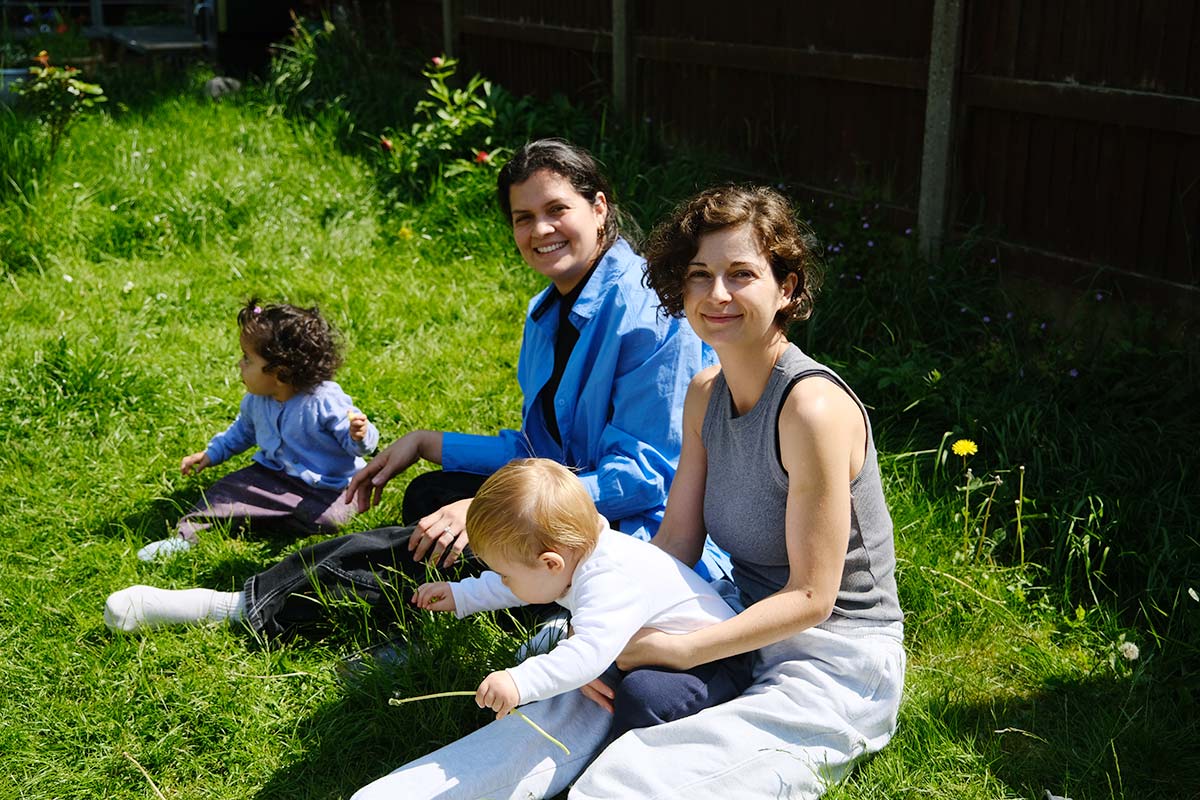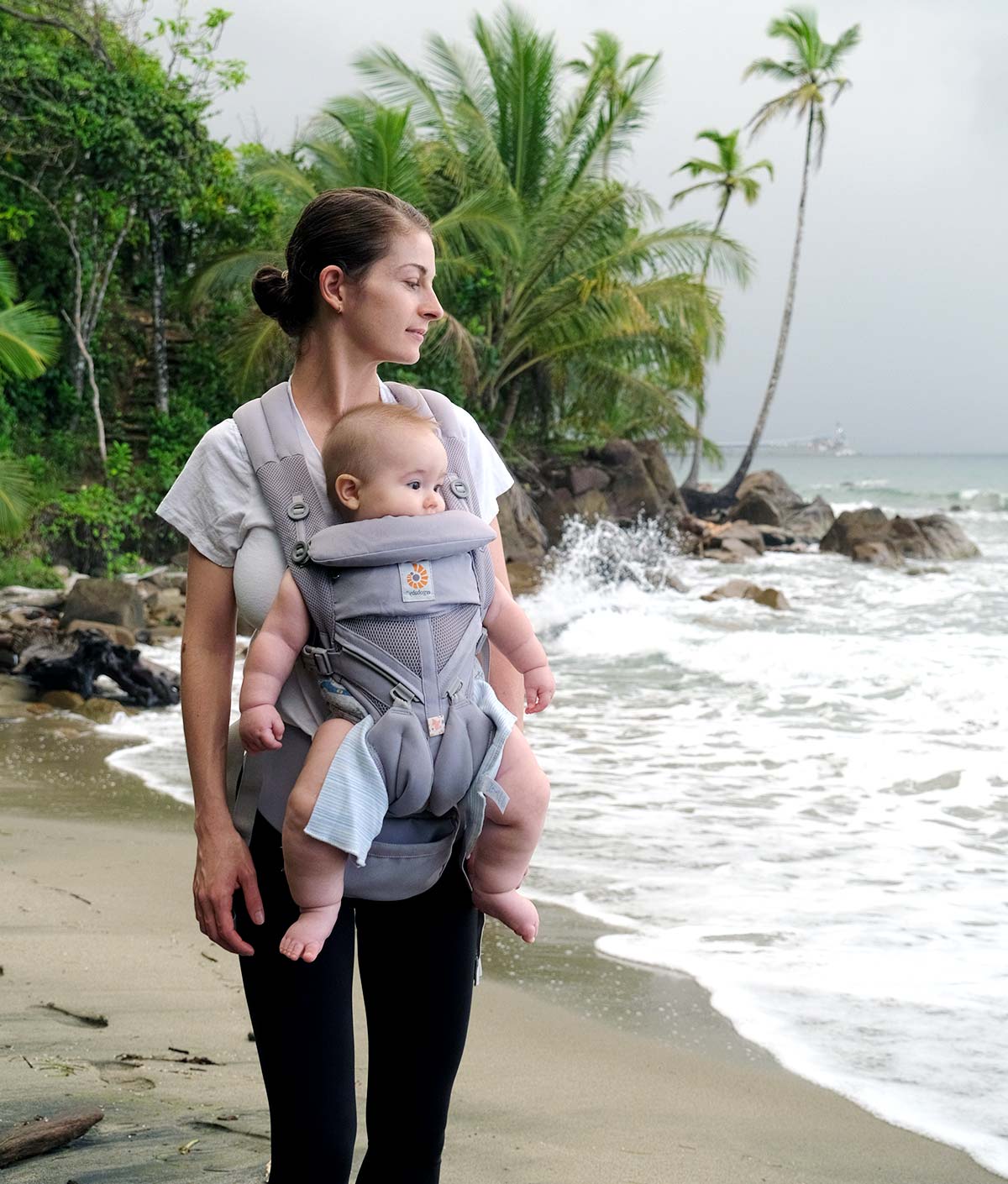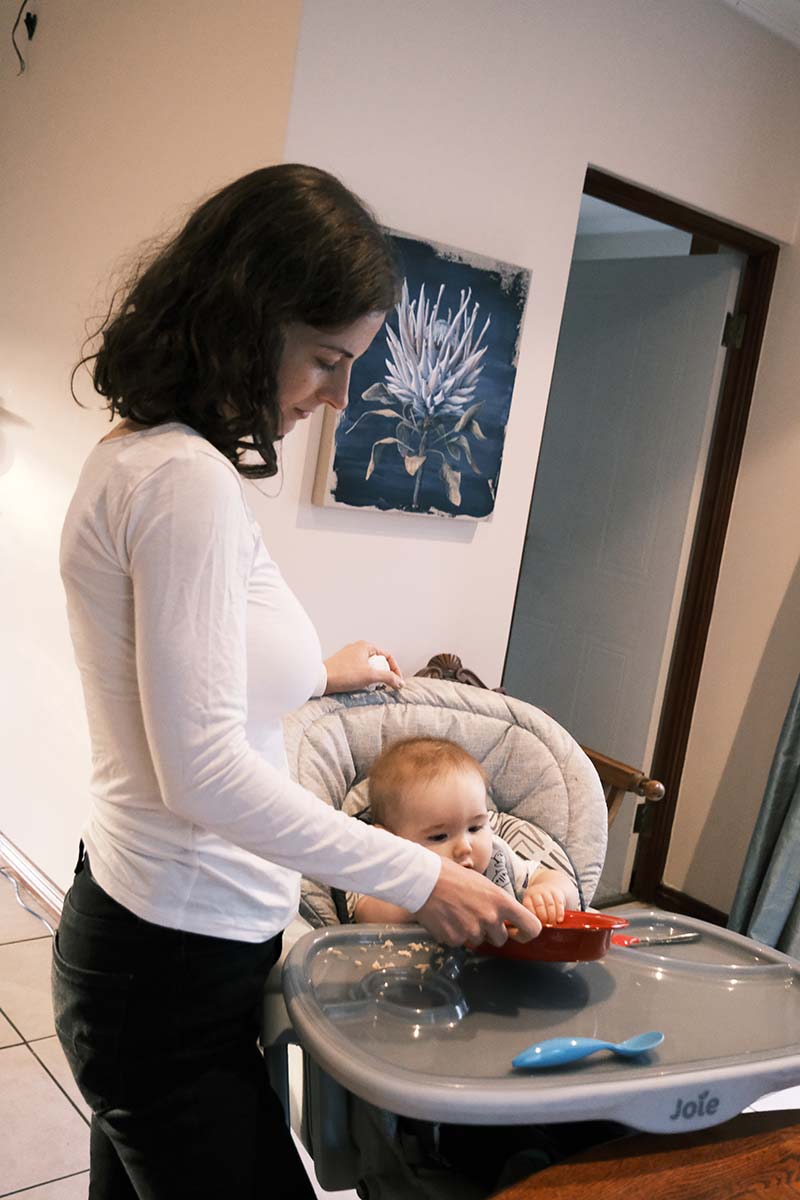Attachment Parenting
Attachment Is Not a Parenting Style.
It’s a Biological Transmission System.
At Katherine Bush Coaching, we are committed to building generational well-being. Research shows that generational well-being begins with the psychological capital of the woman behind the mother.
This capital is not created by chance. It is built through systems. We root that process in Positive Psychology, the empirical science of well-being, pairing knowledge that informs with coaching that transforms. Together, they form a complete system for sustainable change.
Here, we examine attachment, not as a parenting style, but as a biological transmission system. We debunk common myths and explain how attachment functions as a psychobiological imperative that compels maternal self-development, not as a luxury, but as a necessity, and furthermore, as a legacy.

Most mothers believe attachment is about how close they feel to their child, or how responsive they are moment-to-moment. Popular terms like “attachment parenting” have only reinforced this confusion, conflating biological systems with parenting preferences.
But attachment is not a technique. It is not optional. It is not something you opt into or implement. It is an involuntary biological process.
Human infants are born neurologically unfinished. Unlike other mammals, their brains are highly malleable, unfinished systems that are designed to take direct input from the environment to complete themselves. This malleability allows for adaptation across diverse cultural, environmental, and relational contexts. It’s the evolutionary trade-off that gave humans their cognitive edge.
But it comes at a cost: children’s early brains require input. And that input comes from their primary caregiver’s nervous system.
The science of attachment explains that the infant’s brain wires to the mature brain of the adult, not through logic or language, but through continuous nonverbal exchanges of emotional and physiological signals. This process is called interpersonal neurobiology, and it means the caregiver’s internal state becomes the blueprint for the child’s brain development.
This wiring happens automatically. It does not require the caregiver’s consent. The child will attach regardless of the caregiver’s mental state. The only variable is what kind of system the child attaches to.
Here is the problem with conventional advice: it focuses almost exclusively on outward behaviour. “Be present.” “Be gentle.” “Be consistent.” These directives are not wrong, but they overlook the central issue.
Children do not copy what you do.
They replicate what you are.
This is why emotional availability cannot be reduced to a checklist of parenting techniques. Presence is not just about being in the room. Regulation is not just about controlling your voice. These are external behaviours, and they matter, but they are not the source code.
The source code is your internal state. Your nervous system. Your psychological architecture. And that system is either solvent, able to fund emotional economies, or it is not.
Psychological solvency is not a moral judgment. It is a capacity question. Do you have the capital to meet the emotional and cognitive demands placed on you? If not, the system will enter deficit. And in the case of parenting, that deficit is not private. It is passed on.
The perpetuation of negative generational cycles is not born of failure. It’s born of a system that asks mothers to fund emotional economies without the psychological capital to sustain them.
This is the fatal flaw of mainstream self-care rhetoric. It treats maternal depletion as a mood issue, a burnout issue, a scheduling issue. But what we are facing is a capital issue.
We are being asked to meet the highest standards of emotional labour in parenting, co-regulation, availability, predictability, without the internal reserves that make that labour sustainable. The result is chronic psychological overdraft.
We cannot solve a deficit by lighting a candle or taking a bath. Not because these things are inherently bad, but because they don’t fund the system. They don’t build capital. They don’t address the economic structure of emotional sustainability.
Attachment is not a gentle concept. It is not a choice. It is a hardwired biological imperative.
The child’s brain will wire to yours, irrespective of the conditions. That wiring is not metaphorical, it is neurological. Your stress levels, emotional regulation, narrative coherence, and nervous system stability are all being recorded, modelled, and metabolized by your child’s developing brain.
You are not simply caregiving. You are transmitting architecture.
This is not meant to guilt mothers; it is meant to clarify the stakes. If psychological transmission is biologically inevitable, then working on your internal system is not self-indulgent. It is the most direct investment in your child’s future well-being.


Attachment will happen. The only question is what kind of architecture it will replicate.
If your nervous system is fragmented, depleted, dysregulated, those patterns will be copied. Not because you’re a bad mother. But because copying you is your child’s biological strategy for staying alive.
This is why we reject the false dichotomy between caring for yourself and caring for your child. They are the same task. Your child’s psychological capital begins with yours.
But this does not mean indulgence. It does not mean prioritizing yourself at the expense of the child. It means holding a complex and often gruelling balance: to do what child development requires of you, while simultaneously doing the psychological work required to make that effort sustainable.
You cannot trade true personal growth for performative attunement. If you do, you may meet your child’s needs externally, but underneath you are operating on deficit, and deficit-based parenting does not scale.
When done correctly, psychological capital creates emotional economies of scale. Your personal growth begins to self-reinforce. It becomes the source of attunement, not the cost of it. Your presence becomes a byproduct of your solvency, not an effortful performance, but an emergent property of internal systems that are well-resourced and coherently integrated.
In economic terms: if you build the internal infrastructure correctly, you are no longer leaking capital trying to maintain performance. You are compounding capital through alignment.
You are not building castles on sand. You are building emotional systems on bedrock, anchored, repeatable, and transferable across generations.
Enter Positive Psychology.
As outlined in our Positive Psychology module, psychological capital is the foundation of sustainable parenting. It is the reserve system that funds co-regulation, emotional predictability, and stable attachment.
Without psychological capital, even the best intentions collapse under pressure. With it, mothers become the stable system their child can safely replicate.
Because attachment exists, we are compelled to act. This is not about style. It is about structure.
Attachment is the system. Psychological capital is the investment. Generational well-being is the return.
